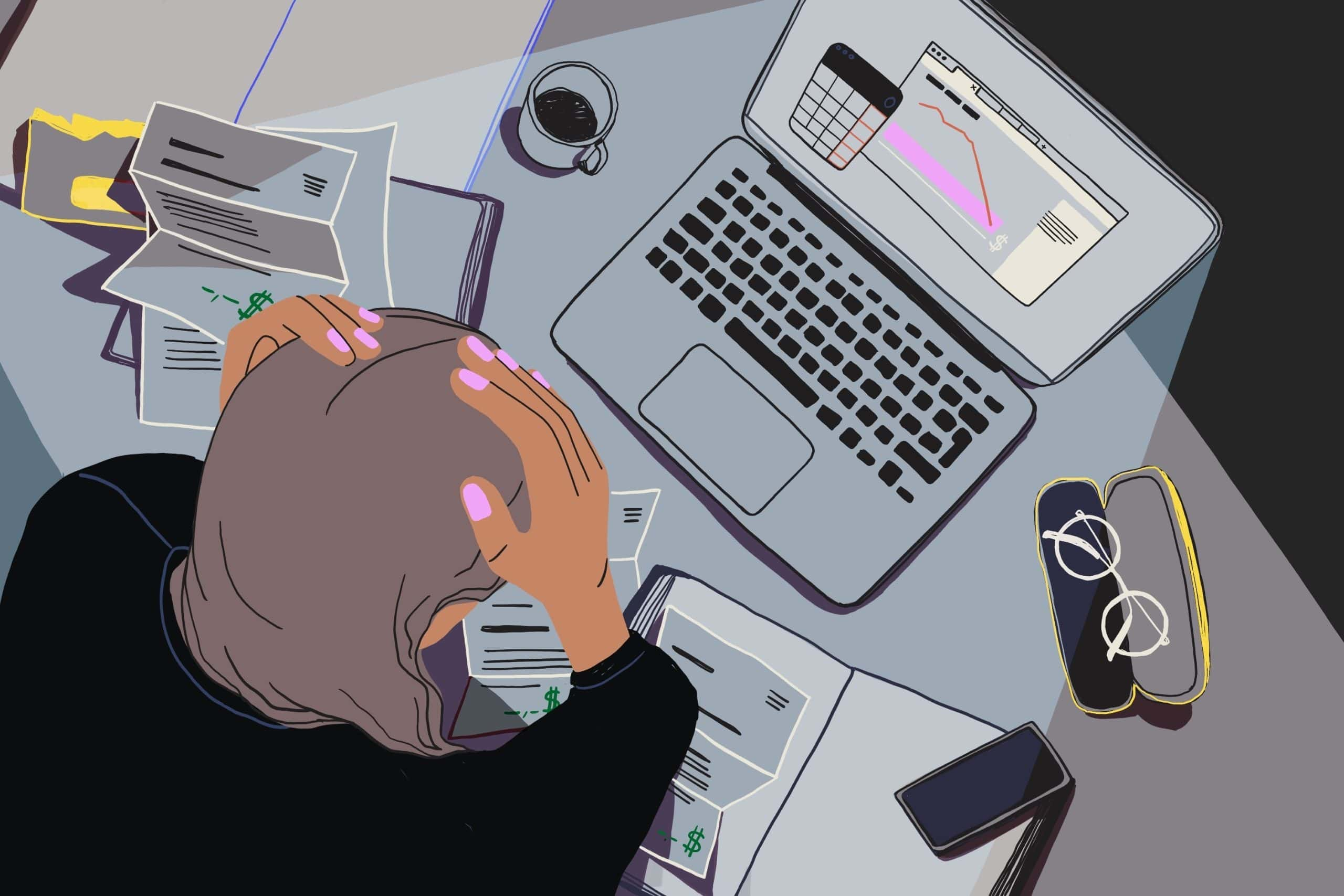As the student loan payment pause comes to an end in October, over 40 million Americans are collectively burdened with a staggering $1.7 trillion in student loan debt.

The looming restart of payments is causing anxiety, leading them to explore avenues for student loan forgiveness, which could potentially alleviate their financial woes
President Joe Biden‘s ambitious student loan forgiveness plan, which aimed to cancel up to $20,000 in loans for individual borrowers, was thwarted by the Supreme Court in June. Nevertheless, borrowers seeking debt relief have a range of alternatives at their disposal.
“Forgiveness offers hope to those grappling with unmanageable balances,” says Michael Lux, founder of the Student Loan Sherpa, a blog offering student loan advice. However, navigating student loan forgiveness programs can be complex due to their diversity.
The U.S. Department of Education defines student loan forgiveness as a means for borrowers to have their federal student loans forgiven, canceled, or discharged. Depending on one’s repayment program, partial or complete debt forgiveness may be possible. It’s important to note that private student loan borrowers typically don’t qualify for forgiveness and may consider loan refinancing for payment reduction.
Qualifying for student loan forgiveness often hinges on one’s profession. Public Service Loan Forgiveness (PSLF) is the most common route, available to government and nonprofit employees. Eligibility requires 120 qualified monthly payments under an accepted plan while working for an eligible employer.
Additionally, income-driven repayment programs can lead to debt forgiveness after a set period of payments based on income.
Borrowers must compare four income-driven repayment plans to select the most suitable option
State-specific forgiveness programs are another avenue, often targeting professions in high demand. For example, healthcare workers may find loan forgiveness opportunities in states with shortages.
While loan forgiveness provides respite, it’s crucial to beware of scammers offering to expedite the process for a fee. Legitimate federal student loan forgiveness programs never charge applicants.
Furthermore, tax implications have been introduced through the American Rescue Plan Act of 2021, affecting how forgiven loans are treated for tax purposes. Borrowers must assess their options wisely, considering both forgiveness and repayment plans. Employers may also offer assistance, and private loan borrowers can explore refinancing for lower payments.
In light of the impending restart of payments, borrowers are advised to evaluate their financial situations and explore available avenues for student loan relief. The Biden administration has expressed support for student loan reform, emphasizing the importance of proactive financial planning amidst the evolving landscape of student debt.
READ ALSO: Social Security Faces Looming Funding Crisis: Benefit Reductions Expected




